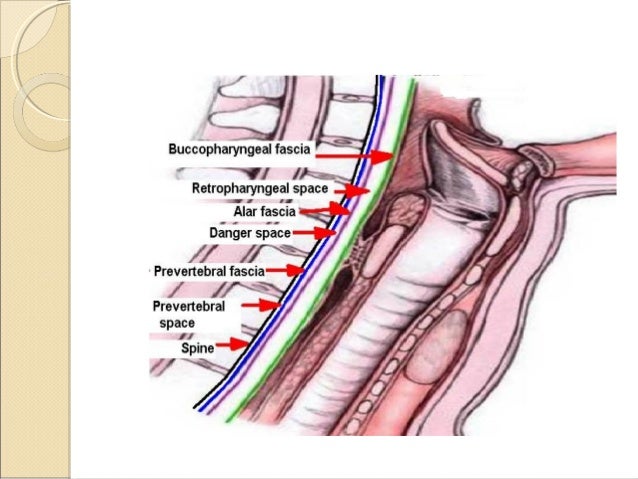Thats really the question we are all asking ourselves….
At least in terms of Chest Tubes!!!
FOR THIS VERSION OF TRAUMA TUESDAYS WITH JOSH, WE’RE GOING TO HAVE A SHORT DISCUSSION ABOUT CHEST TUBE SELECTION! (Hold your excitement please).
First, What WE KNOW
- Crashing traumatic patients get b/l large bore chest tubes (for now)
SO you’re probably asking yourself what’s the big deal, that covers it right?
Well NO. There are a few things in contention and a few new studies showing us that WE KNOW NOTHING JON SNOW (for those who don’t get the reference you can just stop reading and catch up 7 seasons of GoT, right now, go!)
- Traumatic Isolated PTX: These used to get large bore Chest Tubes. This was really the first thing that changed over to 14F pigtail catheters. If you don’t believe me, this was a great study showing that they were equally as effective, and caused way less pain to the patient. https://www.ncbi.nlm.nih.gov/pubmed/24375295
- Traumatic Hemo/Pneumothorax: These use to get the BIG MAMA 36/38/40 Fr Chest tubes because bigger is better right? Well maybe not. This study (https://www.ncbi.nlm.nih.gov/pubmed/22327984) showed that a 28Fr chest tube is equally as effective, HOWEVER with similar pain scores as the big ones.
BUT CAN WE DO BETTER? THIS IS FREAKING 2017 FOR CRYING OUT LOUD. THERE ARE ZOMBIE DRAGONS ROAMING THE WESTEROS!
YES WE CAN! (AT LEAST WE THINK WE CAN)
AT EAST TRAUMA 2017, there was a paper presented showing 7 years of data from University of Arizona, which showed:
- Nearly 500 patients were treated with a tube for HTX or HPTX during the 7 year study period, 2/3 with a chest tube and 1/3 with a pigtail
- Pigtails had more fluid drain initially (430cc vs 300cc, significant), and 1 less treatment day (4 vs 5, also significant)
- Failure rate and insertion-related complications were the same (about 22% and 6%, respectively)
- The group found that their use of pigtails steadily and significantly increased over the years
http://thetraumapro.com/2017/01/05/east-2017-7-pigtail-vs-chest-tube-does-size-matter/
SO FINAL WORD: HAVE A DISCUSSION WITH YOUR ATTENDINGS/SURGEONS ABOUT USING A MORE HUMANE TUBE, YOU CAN ALWAYS GO BIGGER!




